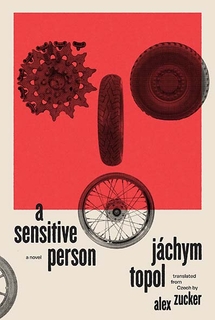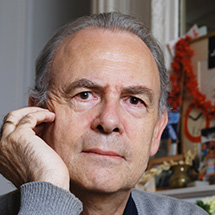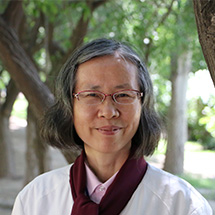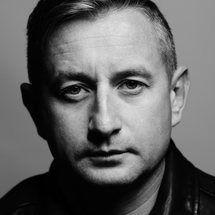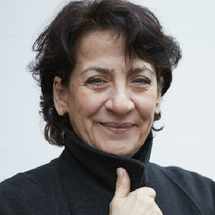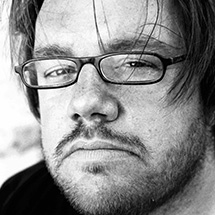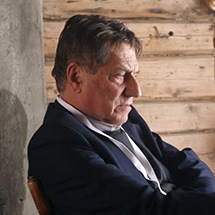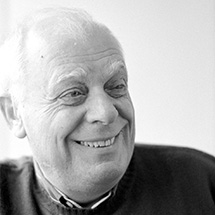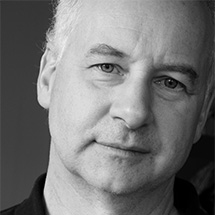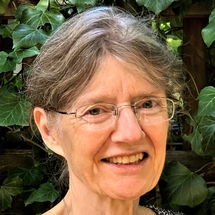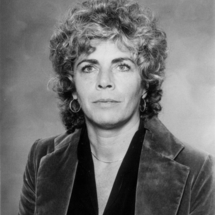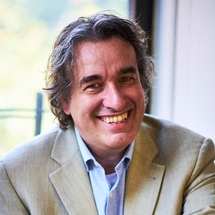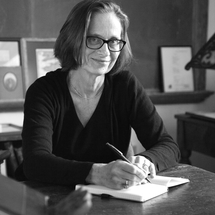WARNING
You are viewing an older version of the Yalebooks website. Please visit out new website with more updated information and a better user experience: https://www.yalebooks.com
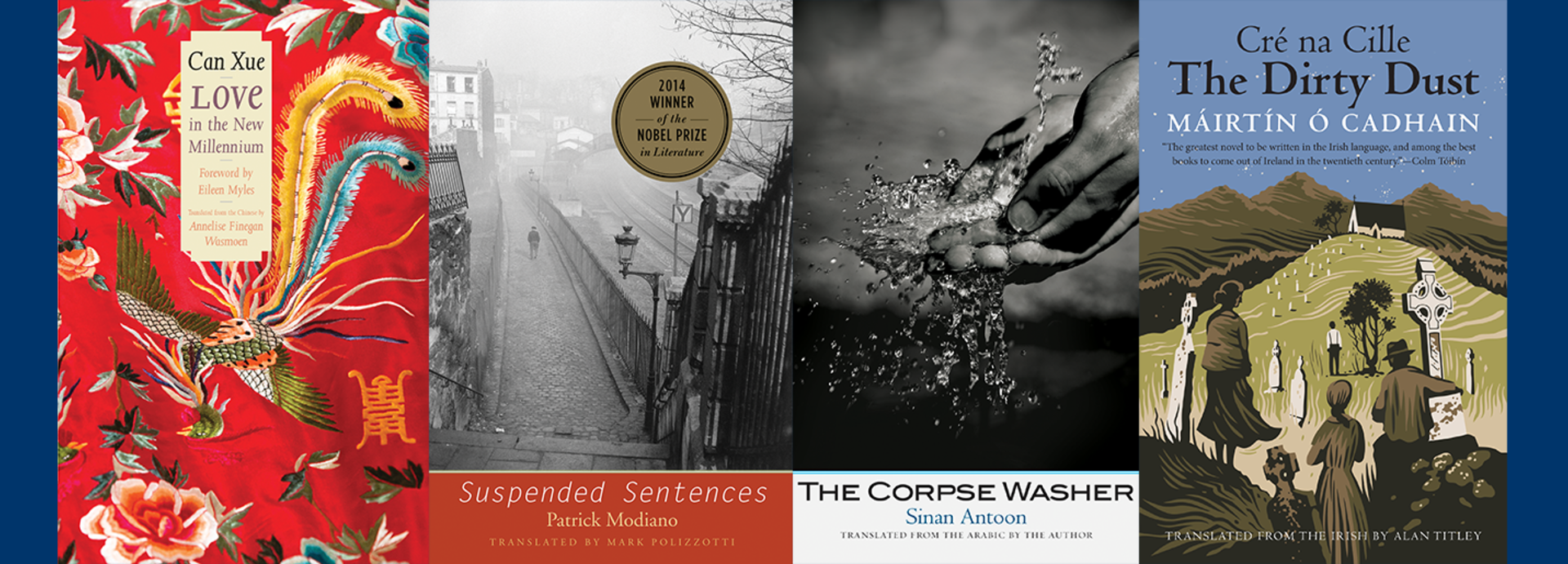
Yale Margellos
The Cecile and Theodore Margellos World Republic of Letters series identifies works of cultural and artistic significance previously overlooked by translators and publishers, as well as important contemporary authors whose work has not yet been translated into English.
New Releases
Serhiy Zhadan; Translated from the Ukrainian by Reilly Costigan-Humes and Isaac Stackhouse Wheeler
Antonio Lobo Antunes; Translated from the Portuguese by Margaret Jull Costa
Cees Nooteboom; Translated from the Dutch by Laura Watkinson; With Photographs by Simone Sassen
Web Exclusives
Featured Translators
Contact Us
For any questions regarding the Yale Margellos, please use the button below to contact us.


